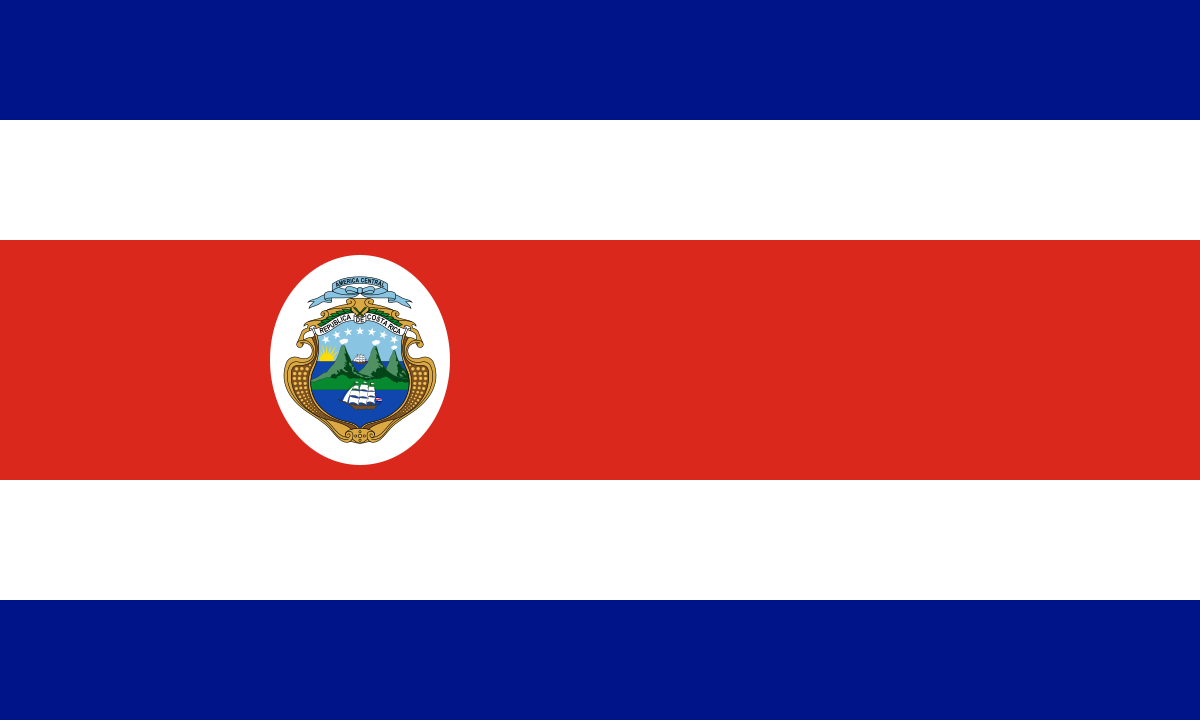In Cieneguuta, Costa Rica on March 28th 2017, a government initiative that allowed the construction of a paved coastal street with a bicycle lane, playground, and sports space. However, the 2.5 million-dollar investment is threatened by coastal erosion and the rise in the level of water in the sea that occasionally floods the new street. "The most conservative estimates put the sea level rise between 20 and 60 centimetres by 2100, but new studies point to a still higher increase, which would irremediably damage the life of the whole town, whose inhabitants make a living fishing or working on the docks of Puerto Limón" according to Diego Ortiz. Community leaders and local residents grow a fear of the waves eroding the foundations of the road and bicycle lane and end up destroying the new streeet. The waves reach the doors of the houses at high tide and residents use sandbags in order to guard their houses. The rest of Costa Rica’s Caribbean coastline has similar problems with erosion, said oceanographer Omar Lizano, of the University of Costa Rica’s Centre for Research in Marine Sciences and Limnology (CIMAR). Lizano has been monitoring the beaches on the Caribbean and observing how the waves have gained metres and metres of sand for many years. A study published in 2014 by the Climate Change and Basins Programme of the Center for Tropical Agricultural Research and Education (CATIE) determined that "the sea rises on average two millimetres per year along the coast of the eastern province of Limón, which covers the country’s entire Caribbean coast, and whose capital is Puerto Limón." The people of Cienaguita are asking for more resources to design new protective structures. Costa Rica is in the initial stages of its National Adaptation Plan, a broad document that will define the path that the country will take to protect itself from the worst impacts of climate change, and urban settlements and coastal areas shall be priorities. Unfortunately the government claims to have no funds but does have resources dedicated to monitoring sea levels and reporting their findings.
- http://www.cimar.ucr.ac.cr
- https://www.catie.ac.cr/en/
- http://www.ipsnews.net/2017/03/costa-rican-town-fears-that-the-sea-will-steal-its-shiny-new-face/
- Keller, Edward A., et al. Natural Hazards, Earth's Processes as Hazards, Disasters, and Catastrophes. Fourth Edition. 20





I really enjoyed this post. Costa Rica, like Jamaica whose post I just read, are islands with high tourism and impossible challenges regarding coastal erosion along their beaches...we definitely need to address this issue asap...
ReplyDeleteWhat a great, detailed post, Claudia. You learned a lot about your chosen country and I learned a lot too about coastal hazards in Costa Rica. It would be shame if we lost those beautiful beaches. That was very interesting about the sea level rising, and very worrisome. Thank you for sharing.
ReplyDeleteHi Claudia,
ReplyDeleteI really liked your post about coastal hazards that are occurring in Costa Rica. Jamaica is also a very beautiful, tropical country. It is no surprise that our countries are experiencing some of the same coastal hazards such as erosion. I would have never thought that erosion could be so hazardous. The rising sea levels is also extremely dangerous. I hope you have a great rest of the semester learning more about Costa Rica!
Claudia,
ReplyDeleteYour country Costa Rica is nearly opposite to mine, Latvia. However, our countries have a commonality in that we both have to deal with coastal erosion. Likewise, Latvia (like Costa Rica) is working on mitigating the erosion with new ideas and technologies, looking forward to the future; a future where beaches are available to be enjoyed. Your photo is lush!
Hello Claudia, Great job on your post this week. It was very detailed and easy to follow. My country, the Philippines, sea level is also rising rapidly therefore leaving it susceptible to flooding. The phillipines is also poor as well and is try got implement some strategies to prevent damages. Good job!
ReplyDelete